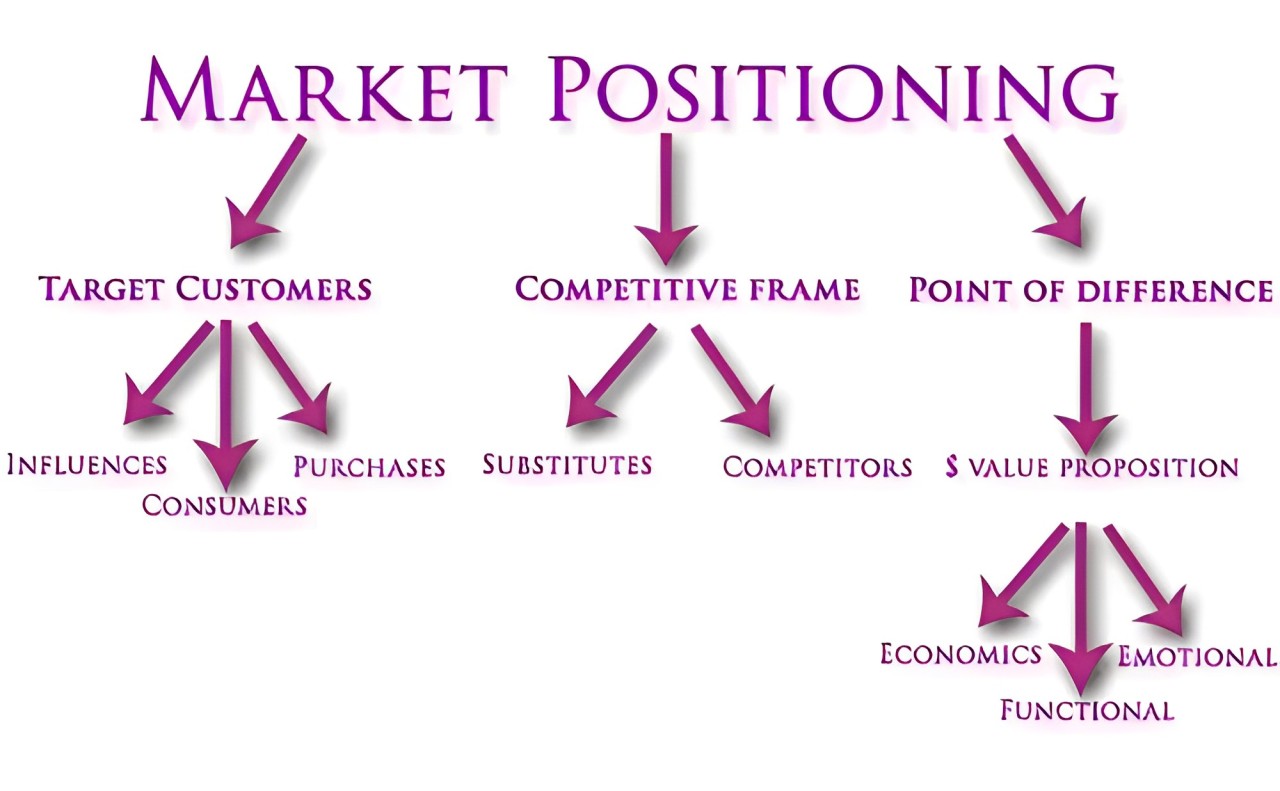Market Positioning: Define Your Brand’s Unique Value
Market positioning is the cornerstone of a successful marketing strategy. It determines how your brand is perceived in the minds of your target audience compared to competitors. With the right positioning, your business can create a distinct and lasting impression, driving customer loyalty and boosting sales.

What is Market Positioning?
Market positioning is the process of establishing your brand’s identity and value in a competitive market. It involves crafting a compelling narrative that highlights what makes your business unique and why customers should choose you over the competition.
Why is Market Positioning Important?
- Differentiates Your Brand: Stand out in a crowded market by showcasing your unique strengths.
- Builds Customer Trust: A clear position fosters credibility and trust among your target audience.
- Drives Business Growth: A well-defined position attracts the right customers, boosting conversions and revenue.
Key Elements of Effective Market Positioning
- Target Audience Insight: Understand the needs, desires, and pain points of your ideal customers.
- Competitive Analysis: Identify your competitors' strengths and weaknesses to find gaps you can fill.
- Value Proposition: Define what unique benefits your product or service offers to customers.
- Brand Messaging: Develop a clear and consistent tone that resonates with your audience.
How to Craft a Winning Market Positioning Strategy
- Identify Your Unique Selling Proposition (USP): What makes your brand stand out? Highlight features or benefits competitors can’t offer.
- Define Your Target Market: Pinpoint who your ideal customers are and tailor your messaging to their needs.
- Map the Competitive Landscape: Analyze how your competitors position themselves and find opportunities to differentiate.
- Align Positioning with Brand Identity: Ensure your positioning aligns with your mission, vision, and overall brand strategy.
Examples of Successful Market Positioning
- Tesla: Positioned as an innovative leader in sustainable electric vehicles.
- Nike: Known for inspiring and empowering athletes through their "Just Do It" mantra.
- Apple: Established as a premium, design-focused technology brand.
Common Challenges in Market Positioning
- Overlapping Competitors: Struggling to find a unique space in a saturated market.
- Unclear Messaging: Confusing or generic messages dilute your brand’s value.
- Target Misalignment: Misunderstanding your audience's needs leads to ineffective positioning.
Benefits of a Strong Market Position
- Increased brand awareness and recognition.
- Improved customer loyalty and trust.
- Higher profit margins due to perceived value.
- Competitive edge in a crowded marketplace.
How We Can Help You Position Your Brand
At Local 2 Global Group, we specialize in crafting tailored market positioning strategies. Our team combines in-depth research, creative storytelling, and strategic planning to ensure your brand resonates with your audience and outshines the competition.
Get Started with Market Positioning Today
Don’t let your brand get lost in the noise. Contact us to discover how we can help you create a powerful market position that drives growth and success.

